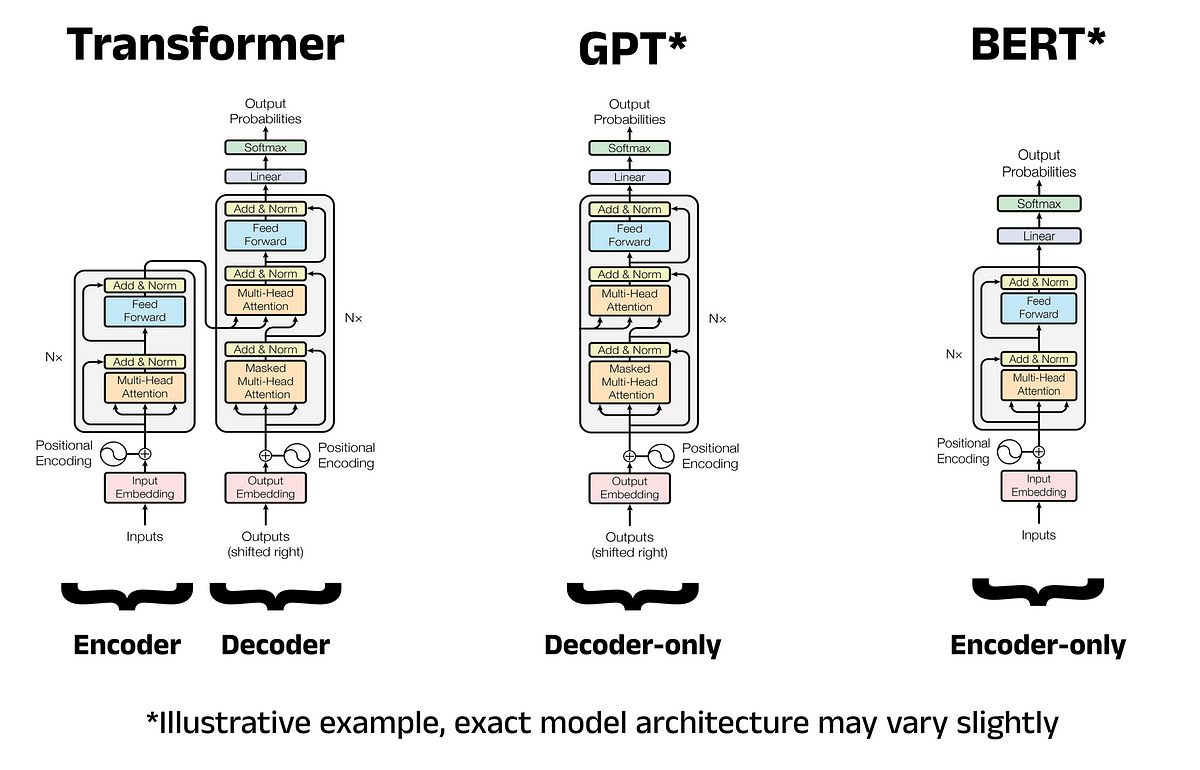The continuously evolving digital landscape has found another watershed moment with the introduction of web3. It has introduced revolutionary changes in the conventional perceptions and approaches to interactions with the internet. Have you wondered how social media strategies help businesses in the world of web2? It is time to think about the intricacies of a web3 project launch and how you can achieve success with web3 projects. The launch of Web 3.0 projects requires a combination of technical fluency, community engagement, and an in-depth understanding of the market. Entrepreneurs have to follow different steps, from conceptualization of the project to development of strong communities around their project to achieve success. Let us learn more about the mandatory steps that can guide you through the process of launching a web3 project.
Roadmap for Web3 Project Launch
The success of web3 projects such as dApps, DeFi protocols, NFTs, and DAOs has caught everyone’s attention in the technology domain. Businesses want to tap into the benefits of web3, while entrepreneurs want to shape new business ideas around web3. However, the launch of web3 project is a multi-faceted journey in which you have to address different requirements. For example, entrepreneurs must complete conceptualization, tokenomics design, navigation through legal terrains, and development of a strong community. On top of it, you must also invest efforts in regular assessment and iteration to ensure longevity and success of the project. Here is an outline of the different steps involved in the roadmap to launch a web3 project.
Conceptualization of the Project Idea
The foundation of a successful web3 project depends on comprehensive research and a strong conceptual framework. You can create a web3 startup on the basis of a groundbreaking idea. However, it is also important to understand the feasibility, potential impact, and relevance of the idea in the market. In addition, you must note that conceptualization and research is an iterative process. You have to generate ideas, test them, and refine the ideas continuously to create an innovative and user-centric web3 project. The conceptualization stage begins with generation of ideas and identification of problems. You have to identify the gaps or pain points that you want to address with web3. Imagine the different ways in which blockchain and web3 technologies can offer solutions to the identified problems.
The ideation stage also requires brainstorming sessions with experts, stakeholders, and potential users to create and refine ideas. The answers to “How do I launch a web3 project?” also emphasize market research in which you have to understand the target audience. On top of that, you also need a competitive analysis and trend analysis to understand competitors and new trends on web3. The next crucial concern in the conceptualization phase is the feasibility study. It focuses on checking the technical and economic feasibility of your ideas for web3 projects. Subsequently, you must develop a user persona for your project through comprehensive demographic analysis and an understanding of behavioral insights. Remember to include the pain points and goals of your target users in the user persona.
In the next step, you have to create a feedback loop, which begins with development of a basic prototype. You have to ask a small group of target users to use the prototype and offer feedback on value and usability. Feedback from users can help discover areas for improvement and ensure that the final product meets users’ needs and expectations. Get familiar with the terms related to Web 3.0 with Web 3.0 Flashcards
Technical Foundations of the Project
The technical foundation of a web3 project serves as its backbone. It is one of the important steps for a successful web3 project launch as it focuses on determining the overall user experience, functionality, and security of the project. You need a robust technical infrastructure for your web3 project to adapt effectively to the rapid changes in web3 market. The first step in establishing a strong technical foundation for your web3 project requires selection of a blockchain platform. You have to evaluate different blockchain platforms according to your project requirements. Some of the important factors that you must consider when choosing a blockchain platform for your web3 project include scalability, interoperability, and throughput. The technical foundation of your web3 project also requires smart contracts. It is important to create modular, upgradeable, and reusable smart contracts for flexibility and longevity. On top of it, you must employ regular smart contract audits to prevent negative impact of security vulnerabilities. At the same time, you must pay attention to optimization of the smart contract code to reduce gas consumption.
Another crucial requirement in technical infrastructure for web3 project launch is decentralized application development. Make sure that your apps have a user-friendly interface and seamless integration with underlying smart contracts. You must also ensure cross-platform compatibility of dApps to ensure better accessibility of your web3 project. The technical infrastructure of your web3 project must also focus on the use of decentralized storage solutions and Oracle integration. Decentralized data storage solutions such as IPFS can offer better censorship resistance alongside ensuring data integrity. On top of it, you would need Oracle integrations to help your web3 project source data from real world. It is important to choose decentralized oracle networks to reduce single points of failure and prevent risks of oracle manipulation. Build your identity as a certified blockchain expert with 101 Blockchains’ Blockchain Certifications designed to provide enhanced career prospects.
Establishing Tokenomics for Your Web3 Project
Tokenomics is a combination of ‘token’ and ‘economics’ that involves economic systems and models related to blockchain-based tokens. Tokenomics is important for the launch of web3 project as it helps in determining the value, overall functionality, and utility of tokens in the web3 ecosystem. First of all, you must establish the purpose of the token that you want in your web3 project. You can find different types of tokens, such as utility tokens, security tokens, stablecoins, and governance tokens. Each type of token serves a distinct purpose, and you should pick the token type that best suits your project goals.
The distribution and supply of your web3 project token are also crucial steps in determining the tokenomics of the project. Some of the common methods for token distribution include Initial Coin Offering, Security Token Offering, airdrops, and rewards and incentives. Entrepreneurs who want to create a web3 startup must also choose whether their token would be inflationary or deflationary. It is also important to decide whether you want a fixed supply or a variable maximum limit of tokens. The tokenomics for your web3 project also requires an emphasis on token valuation, token security, and token liquidity. In the token valuation process, you have to check the demand and utility of the token alongside its perceived value. You must also pay attention to the scarcity of the token that can enhance its value.
Web3 project founders must also emphasize token security by checking regulatory compliance and implementing comprehensive smart contract audits. Successful web3 projects also stand out for offering the benefits of token liquidity. For example, you have to list your tokens on reputed crypto exchanges and liquidity pools for decentralized trading.
The steps for a successful web3 project launch also emphasize the necessity of a clear definition for economic models and governance of tokenomics. Some of the common highlights in the economic model of your web3 project would include staking, yield farming, and burn mechanisms. On the other hand, you can also choose to empower token holders with privilege to participate in governance of the project. Furthermore, token-based voting can also serve as a useful tool for effective, secure, and transparent treasury management.
Address the Legal Implications
The legal aspects related to web3 are continuously evolving. Governments and regulatory authorities all over the world have been trying to find their way around web3 regulations. However, the answers to “How do I launch a web3 project?” would be incomplete without referring to legal requirements of the project. For example, regulatory authorities perceive Initial Coin Offerings and Security Token Offerings as securities, thereby subjecting them to investor protection laws and disclosure requirements. Web3 projects must also register and obtain a license for conducting an ICO or STO.
The legal and regulatory implications of a web3 project also emphasize the elements of AML and KYC verification alongside addressing the data protection and privacy requirements. You must also pay attention to cross-border challenges, such as






















